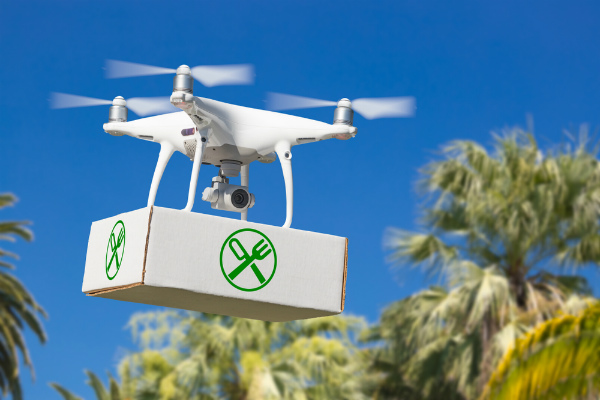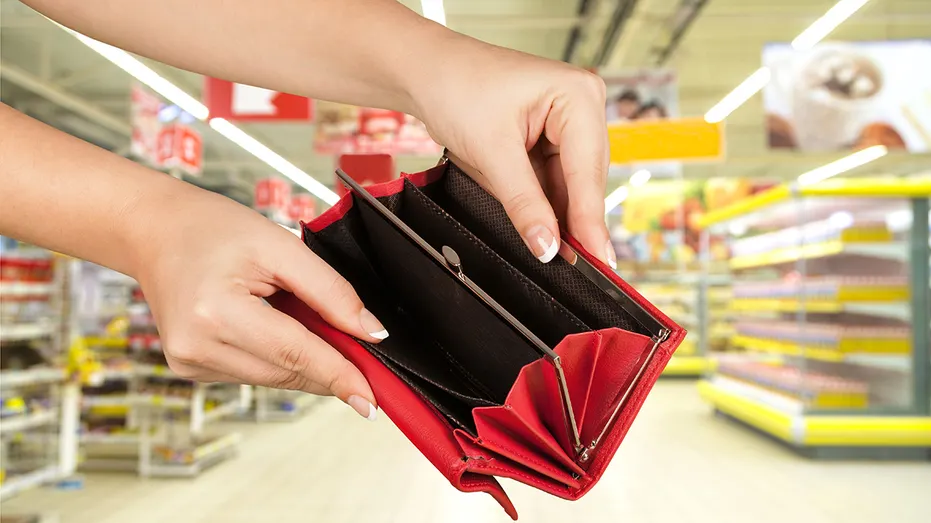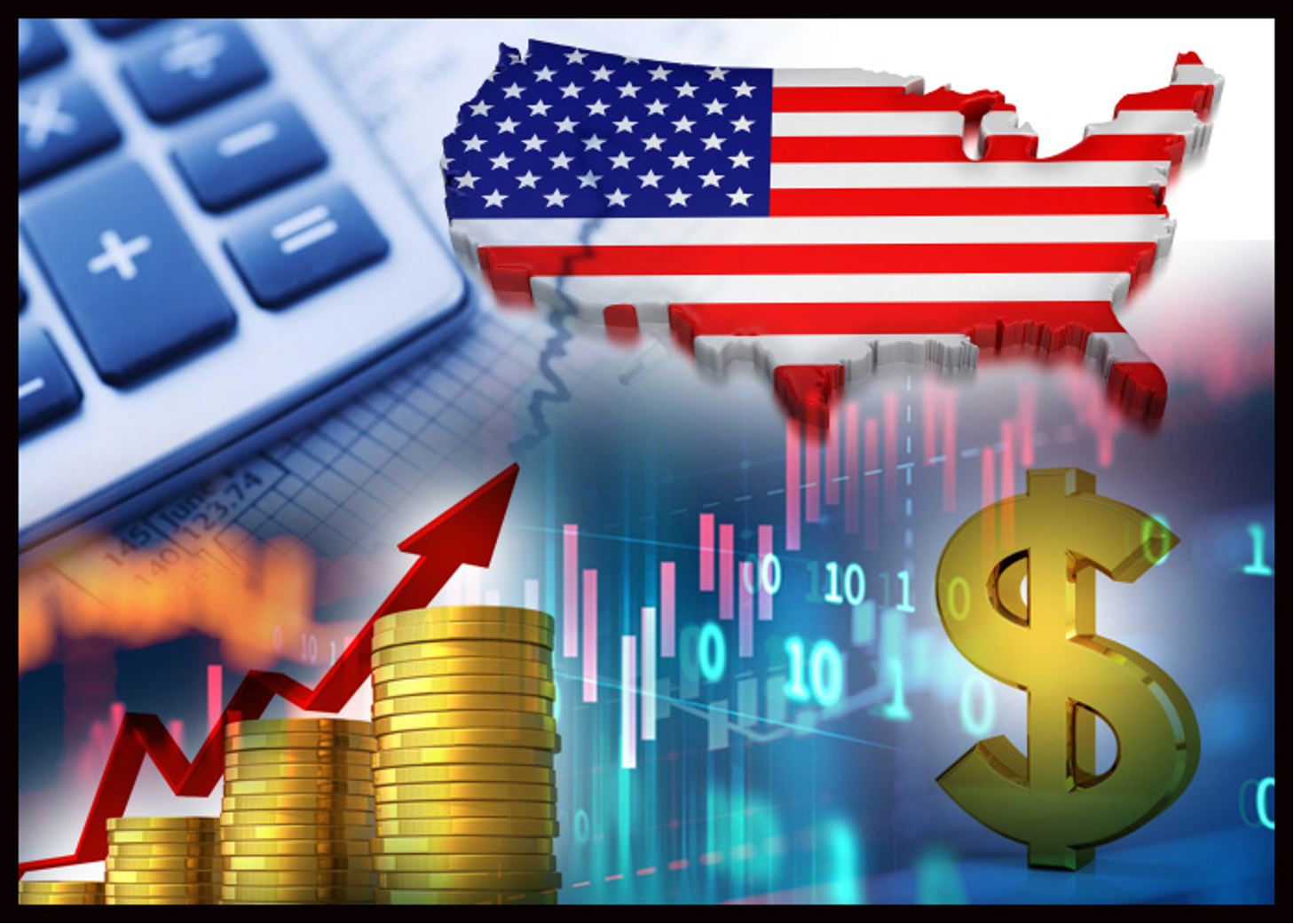Many industries have been struggling due to the supply chain crisis, with the restaurant industry being one more severely affected. Despite their decreasing abilities from obstacles ranging from labor shortages to a lack of raw materials, businesses are increasingly finding themselves unable to cope with ever-growing customer demand. Thankfully, innovative technology solutions, such as drones used for delivery, have the potential to alleviate some of the stress that businesses have been experiencing.
Indeed, many delivery services have already begun to use drones as a business-to-consumer (B2C) logistics solution for last-mile delivery. The proliferation of these services in food delivery is a natural development for the technology. The past few years have seen a rapid surge in demand for food delivery services, and drone delivery will allow businesses to keep up with this increasing demand.
Drones in food service delivery
Within food service delivery, there seem to be two major applications for food delivery: delivery of fresh groceries, and prepared food from restaurants. Drone delivery presents a much more efficient and cost-effective alternative to ground-based transportation, especially given the quantity and urgency of the orders being processed.
Initially, delivery drones were seen as a gimmick that wouldn’t catch on to a broader array of industries, or a luxury that would be expensive to use. Only now have industries begun to realize the enormous advantages that using drones could have for their customers — and their bottom line. While the price point once served as a barrier to entry for many businesses, the decreasing cost of drone technology has allowed it to become a more feasible solution within a growing number of companies’ budgets.
As is the case with most applications of drone technology, customer convenience is the primary factor in the development of drone delivery in food service. The industry has reached a point where customers expect their orders to be delivered immediately, so businesses must be able to keep up with this demand or risk losing customers to their competitors.
Advantages of drones as a food service delivery tool

One of the primary advantages of delivery via drone, rather than ground transportation, is that drone deliveries can avoid the obstacle of traffic. Traffic can often delay deliveries significantly, and delivery drivers feeling pressured to hurry up their deliveries tend to be much less safe behind the wheel.
Additionally, drone delivery involves far less human interaction with perishable goods like food than manned deliveries. During the COVID-19 pandemic, the way transactions were conducted had to fundamentally change to prevent the further spread of the virus, and consumers have become more conscious about their health as a result. The delivery driver is yet another person who comes in contact with the food before it reaches the customer and is a point of exposure for any potential illness they may be carrying. Using drones instead of human drivers eliminates that additional contact.
Furthermore, significant developments and improvements in drone technology have allowed them to become a more feasible solution for deliveries. Fresh food, in particular — whether perishable items from a grocery store or food prepared by a restaurant — must be delivered quickly to ensure quality. Improved flight technology now allows drones to be quicker and maneuver more nimbly, letting them reach their destination on time without hiccups.
Additionally, drone technology has improved to allow longer flights. Previously, drone technology was limited by how long their battery charge would last, meaning delivery services using drones in their fleet were restricted to a very small delivery radius. However, now that drones can fly for extended periods and distances, they can become a much more pivotal part of a delivery company’s logistics — perhaps even becoming the crux of their fleet.
How drones will affect the food service industry

With these improvements in technology and advantages over ground-based delivery drivers, delivery services can expect significantly increased capacity. For businesses, this means freeing bandwidth in order to handle higher order volumes. The caveat, however, is that companies must prepare to handle this increase in demand. Without increasing their staff, their teams may be overwhelmed by the increased pace of delivery.
Drone delivery also presents cost savings for companies that can be passed on to consumers. Although a drone fleet for delivery is a substantial upfront investment, it eliminates much of the labor costs associated with delivery drivers. This means that businesses can reduce their delivery fees significantly, and consumers will be more likely to opt for delivery over other ordering methods, due to the added convenience without additional expenses.
Consumers and businesses alike will benefit from the shift toward drone technology in food delivery services. Consumers will be happy to receive their deliveries more quickly and at a lower cost, and companies will benefit from the increased capacity for deliveries thanks to their new technological capabilities. Hopefully, then, the restaurant industry will be able to cope with the increased pressure from growing demand amidst a supply chain crisis.




